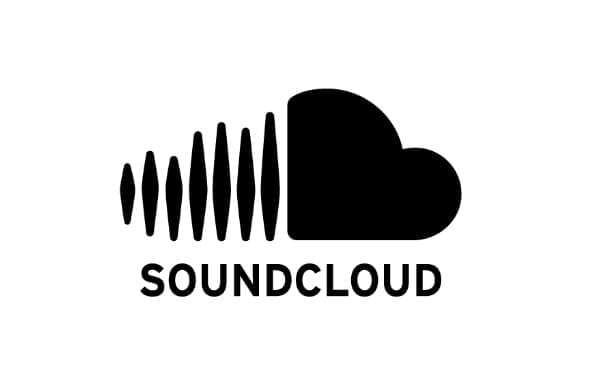In April 2021, SoundCloud made a ground-breaking move in the music streaming industry by launching its ‘Fan-Powered Royalties’ platform.
This innovative model, a first in the industry, marked a significant shift from traditional streaming revenue systems. It promised a more equitable way of paying artists, especially benefitting independent musicians.
What are Fan-Powered Royalties?
SoudCloud explains that The Fan-Powered Royalties model offers a more clear-cut method of paying independent musicians. In this system, the revenue generated from each listener, whether through their subscription or ads, is allocated specifically to the artists that they listen to, instead of being amalgamated into a common fund.
This approach not only favours independent artists by ensuring they receive fair payment, but it also gives fans a more significant influence in the financial success of the artists they support. In this model, fan engagement plays a crucial role.
Fans are no longer passive consumers, their listening habits directly impact the financial success of the artists they choose to support.
What about the Traditional Model?
Let’s take a look at The Spotify “pro rata” model for example, the distribution of these funds to artists is then based on their proportion of total streams on the platform. This approach favours artists with massive streaming numbers – typically mainstream or ‘mega stars.’ Generally speaking, even if a listener primarily streams music from lesser-known or indie artists, a significant portion of their subscription fee still ends up going to these popular artists due to their larger share of total platform streams.
SoundCloud and Spotify
SoundCloud calculates royalties based on three key factors which are, Listener Engagement: The proportion of time a single fan dedicates to listening to your music in a given month; Ad Consumption: The number of advertisements a fan sees while using SoundCloud; Subscription Status: whether the fan has subscribed for the SoundCloud Go+ service.
However, Denis Ladegaillerie, the Founder and CEO of the company Believe, expressed apprehensions that the threshold of 1000 streams and 500 listeners might escalate as time progresses. This increase could potentially marginalize new artists who don’t meet these rising benchmarks.
While the model is designed to more directly reward artists based on individual listener engagement, it may enhance the existing popularity hierarchy.
While Spotify provides a platform for artists to reach a global audience, the pro-rata system can be less supportive of independent artists. This results in a system where the presence and success of megastars influences the distribution of earnings, often at the expense of independent musicians.
The future of Fan-Powered Royalties could reshape the music streaming industry in several ways. More streaming services might adopt fan-powered or similar artist-centric royalty models. Also, artists and labels might adjust their production and marketing strategies to align with the dynamics of this model. This shift could also promote a stronger connection between artists and their audiences.
In conclusion, while Fan-Powered Royalties present a progressive step towards a more equitable music industry, especially for independent artists, the model also brings with it a set of challenges that need to be addressed to ensure its effectiveness and fairness for all artists involved.


